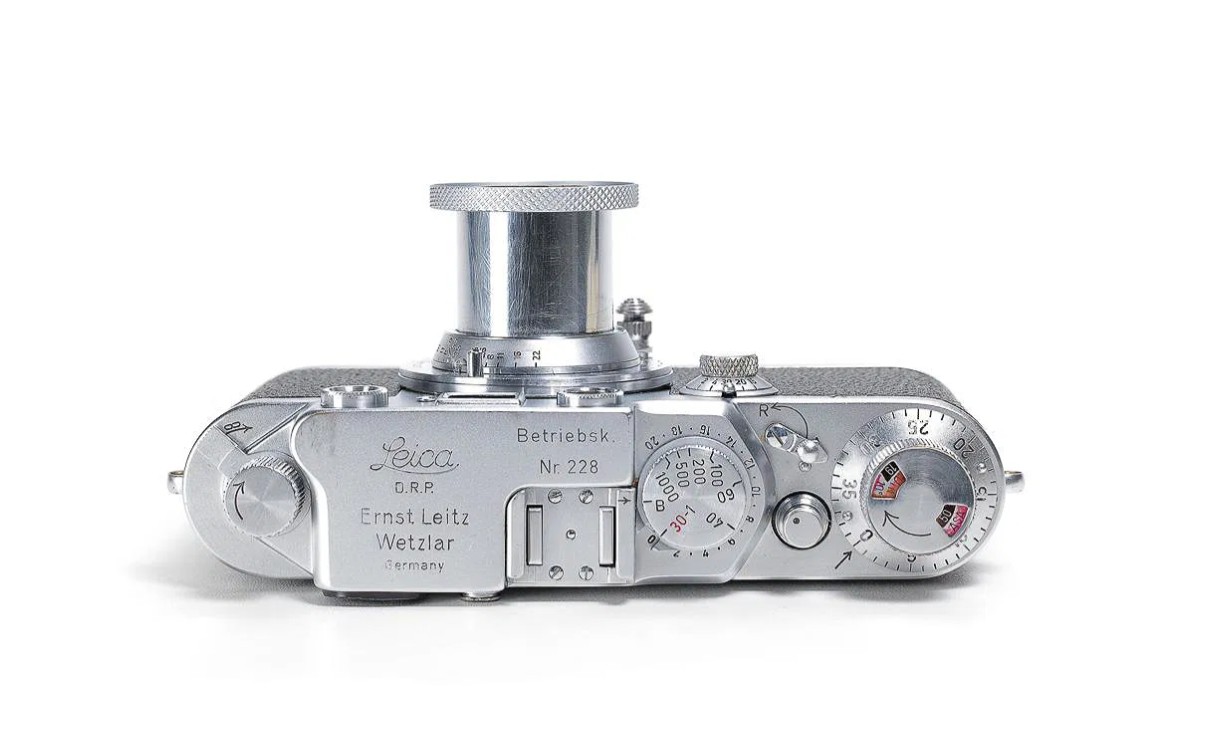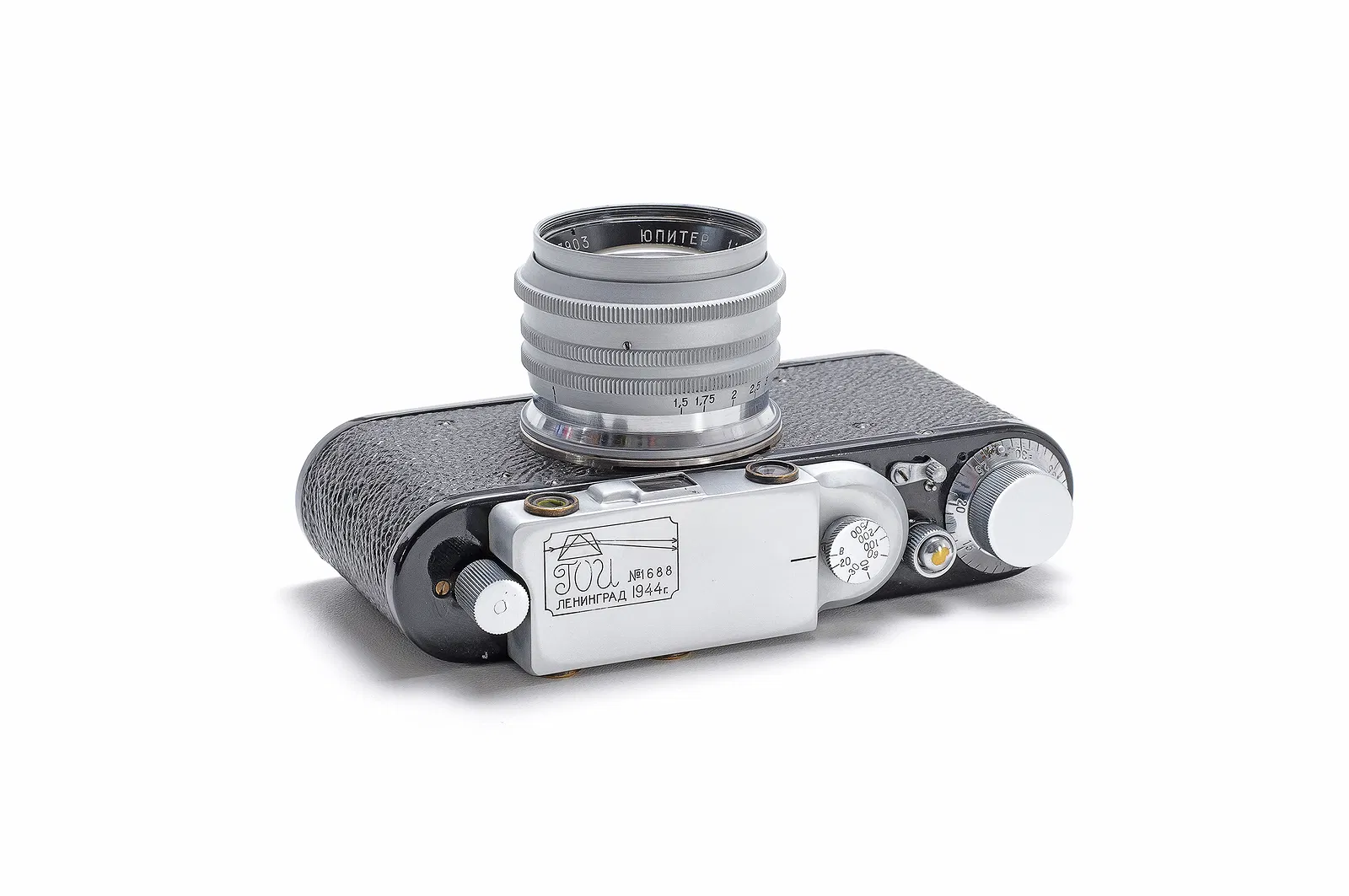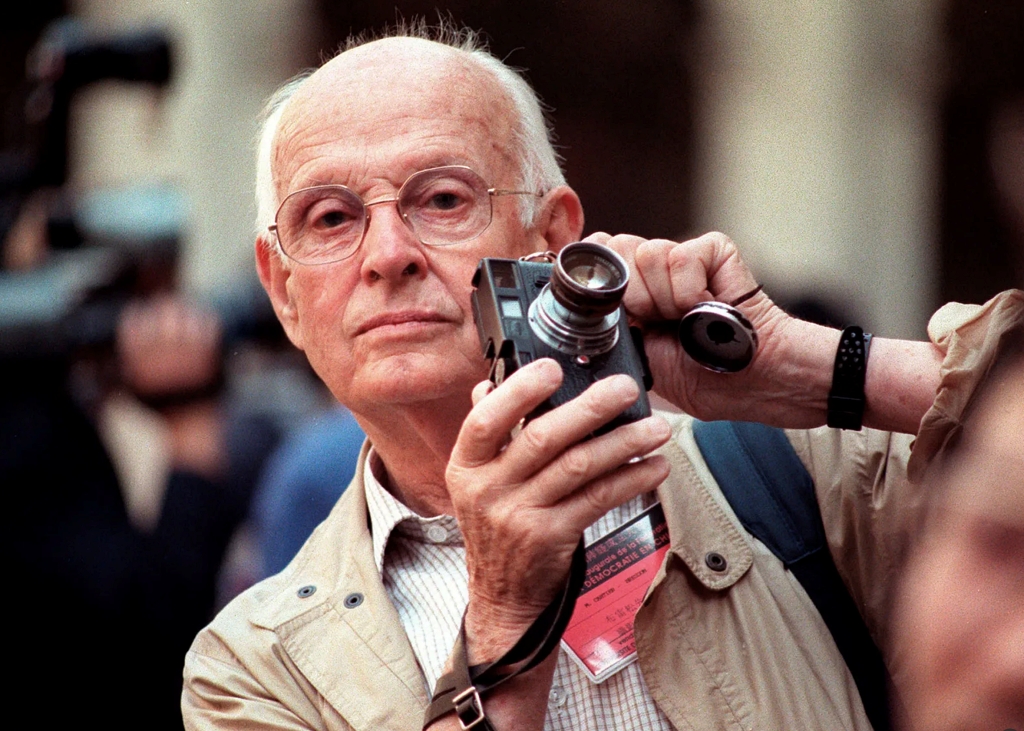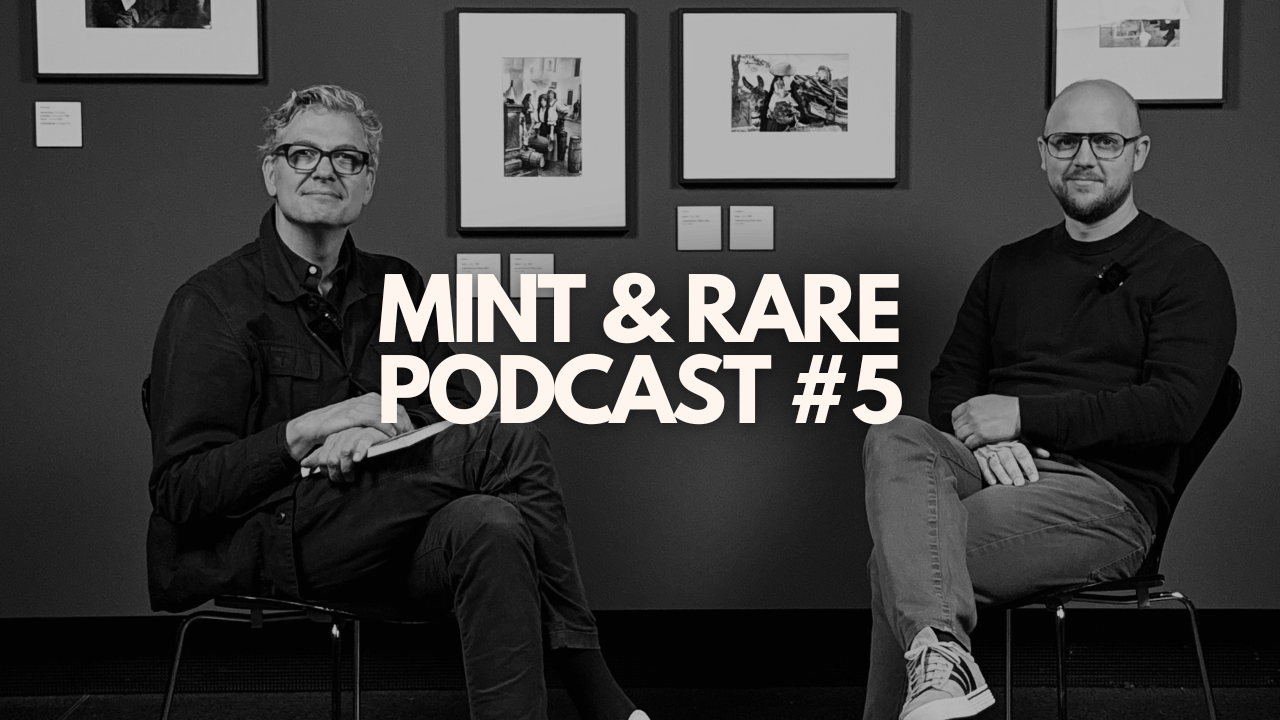Leica Prototype Cameras & Lenses: Rare Collector’s Guide
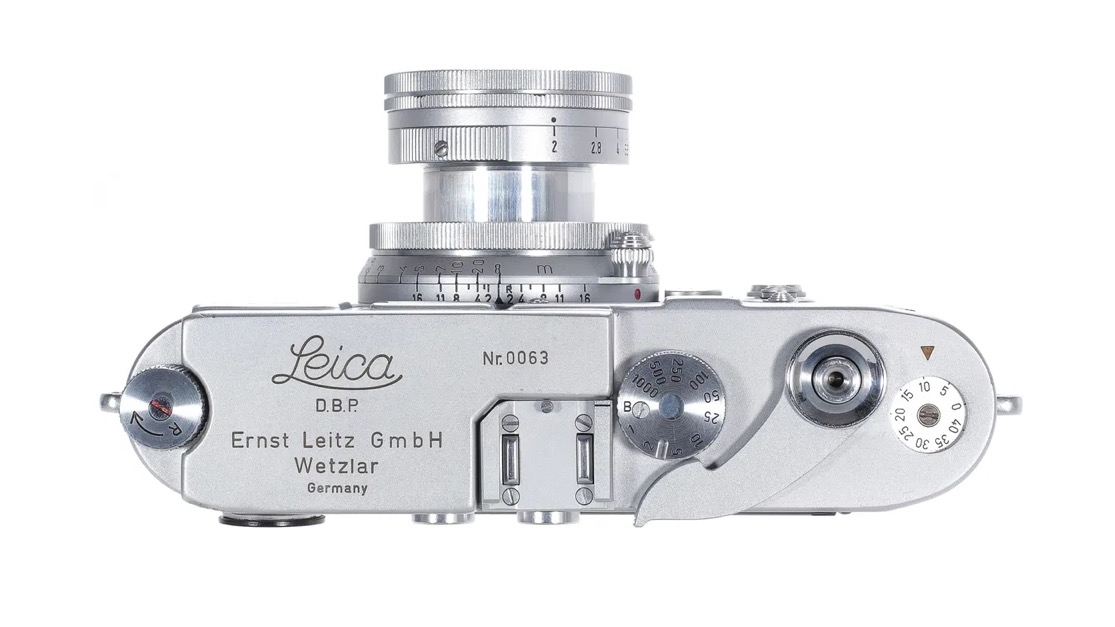
Leica Prototype Cameras & Lenses: Rare Collector’s Guide
Leica has long been synonymous with precision engineering and optical excellence. Known for its refined design language and uncompromising build quality, the brand commands respect among photographers and collectors worldwide. Within the Leica ecosystem, prototype cameras and lenses stand apart as some of the most rare and historically significant artifacts. Most prototypes were never released to the public, making them exceptionally rare and highly sought after by serious collectors.
What Defines a Leica Prototype?
A Leica prototype is a pre-production model created for internal evaluation, technical experimentation, or design refinement. Typically hand-assembled in extremely limited numbers, these units were never intended for sale. Key indicators of a prototype include:
-
Non-standard or transitional design elements
-
Custom-machined or one-off components
-
Serial numbers that fall outside official production records—or are absent entirely
-
Factory engravings, internal codes, or test markings
-
Atypical or unfinished external finishes
Due to their limited distribution, many prototypes were either dismantled or retained in company archives. Only a small number entered private hands, contributing to their rarity.
Why Collect Leica Prototypes?
1. Historical Insight
Prototypes provide a window into Leica’s design evolution, from mechanical refinements to major shifts like the transition from analog to digital or screw mount to M mount systems.
2. Extreme Rarity
Most Leica prototypes exist in very low quantities — often only five or even fewer. Some are unique. These are not commercial limited editions — they are engineering artifacts, never meant for public release.
3. Long-Term Value
Prototypes frequently command high prices at major auctions — often ranging from tens of thousands to over six figures. Their scarcity, distinctiveness, and connection to Leica’s internal development roadmap contribute to their enduring market appeal.
Notable Leica Prototypes
Leica 0-Serie Prototype (1923)
Two years before the official launch of the Leica I, 22 to 25 test cameras of what is now known as the Leica 0-Serie (Nullserie) were produced. These were the very first Leica prototypes ever made — and only 16 are known to exist today.
Their importance lies in more than rarity: based on their performance and feedback from early testers, Ernst Leitz II decided in 1924 to approve Oskar Barnack’s revolutionary design for serial production with the words: “Ich entscheide hiermit: es wird riskiert (I hereby decide: we will take the risk)”. These cameras are, in effect, the prototypes not just of the Leica I, but of all Leica 35mm cameras that followed.
Original Leica delivery records show a reserved serial number batch for the very first prototype cameras numbered 101 to 125, with several numbers (116, 121, and 123–125) left blank — possibly cameras for internal use or units never completed. Barnack’s workshop diary also mentions 13 delivered units and two loaner cameras, which may correspond to some of these unassigned numbers.
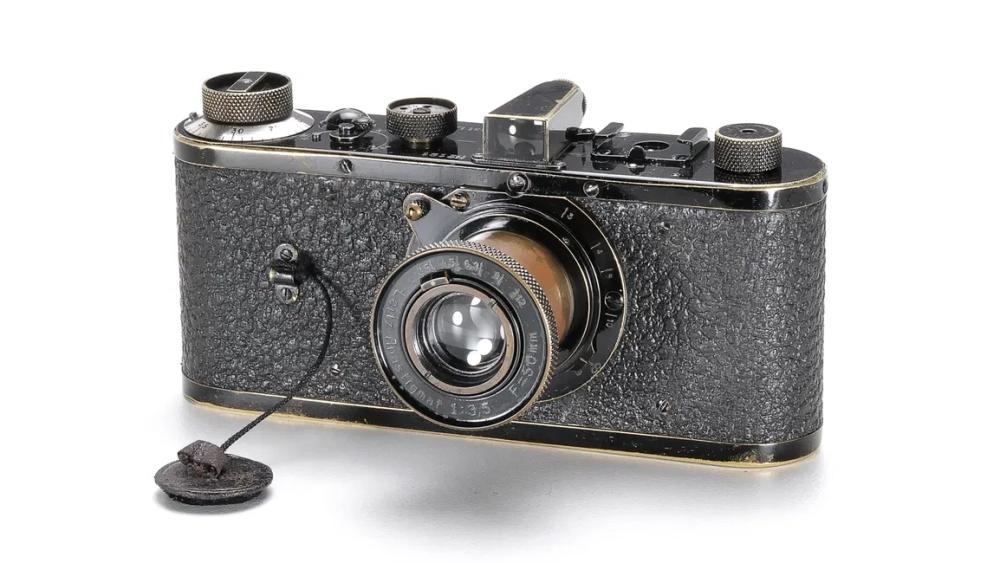
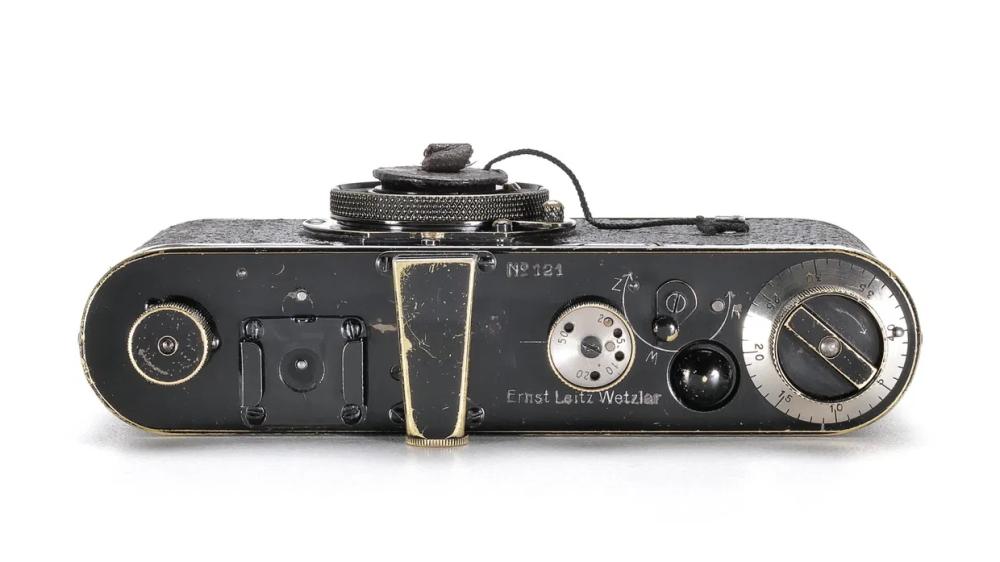
Leica IIIc Prototype (1934)
An early prototype of the Leica IIIc, developed well before the model’s official release in 1939. This camera represents the first experimental use of a die-cast shutter crate — a major design shift that would define all later screw-mount and M-mount Leicas. The example shown here was completed on October 31, 1934, as confirmed by Wilhelm Albert, a close associate of Oskar Barnack.
Unique features include a swing-up backdoor — a construction detail not seen in commercial Leica models until the M3 appeared two decades later. This camera remained in the Leitz Factory Museum until 2003, bearing its original Museum Inventory No. M240, and is considered likely to be a one-of-a-kind piece.
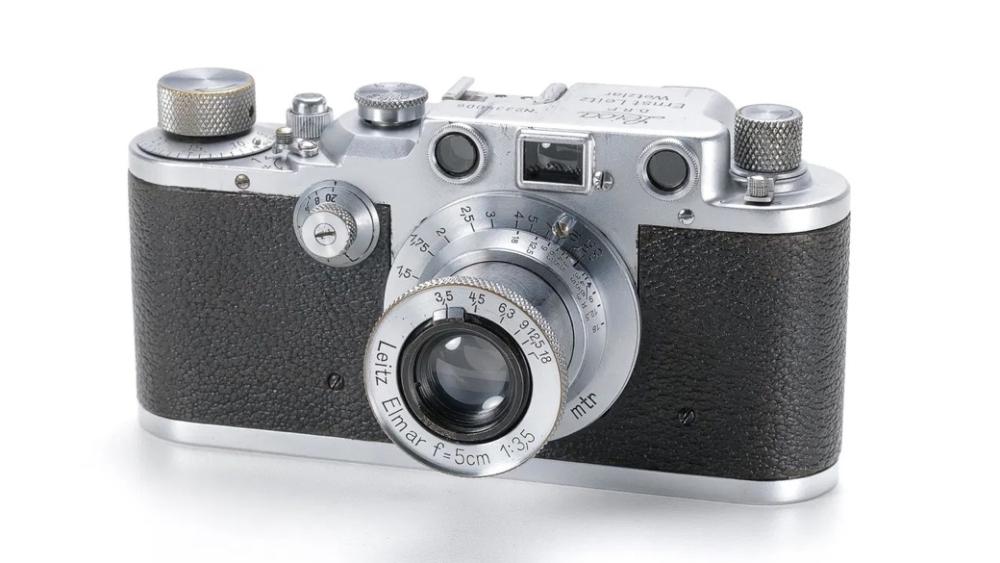
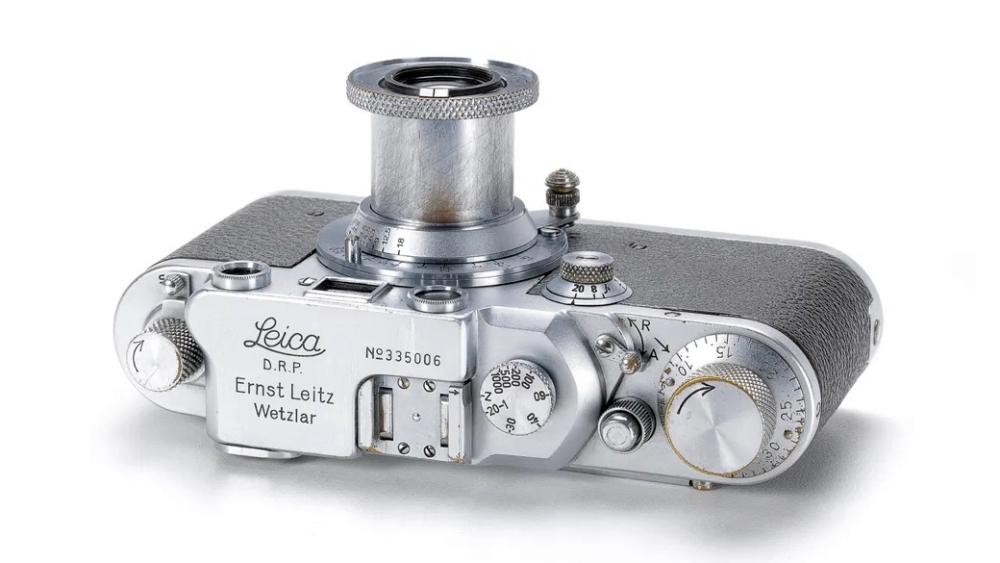
Leica M3 Prototype (1953)
This late-stage prototype shows the transitional features between prototype and first-series M3 production units. Notable for its unique top plate engraving, corner design, early-style self-timer lever, and film-marking rear button.
Internally, it features the frame counter and film guide rails that would become standard on the M3. The bayonet mount includes five screws, and a Leitz Wetzlar “£” repair seal.
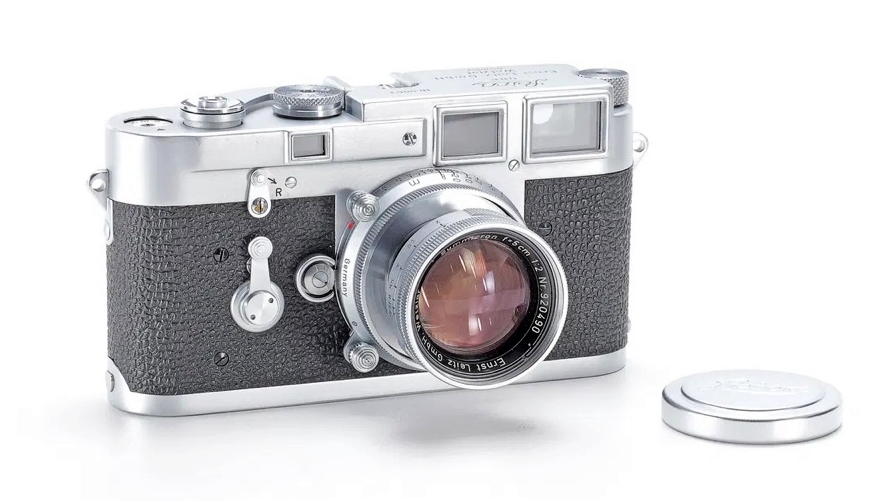

Early Prototype Summilux 35mm (c. late 1950s)
This extremely rare prototype was developed before the commercial Summilux 35mm f/1.4 release in 1961. Built on formula C27 by Dr. Walter Mandler, it showcases experimental construction by Leitz Canada.
Distinguishing details include:
-
Prototype number (non-serial format)
-
Silver-finish name ring
-
Brass front ring, not steel
-
Larger focus and aperture rings
-
“Feet” scale placed above the meter scale, with a non-standard numerical sequence
-
Rear element lacks a protective black ring
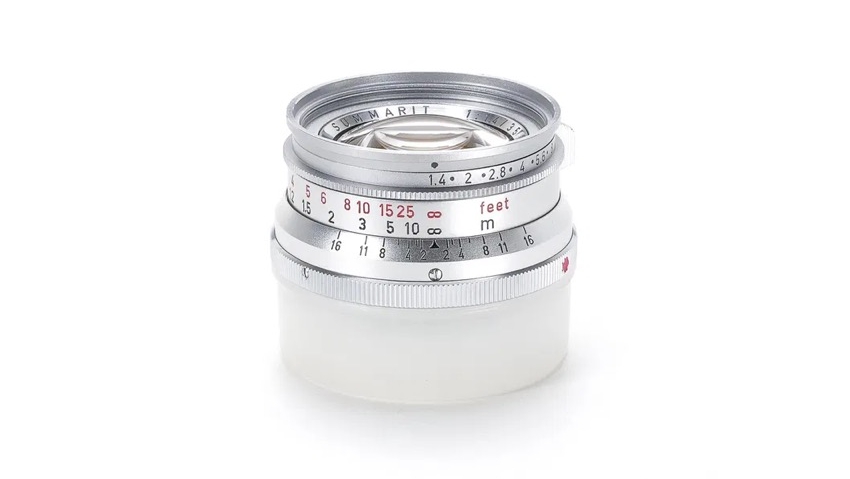
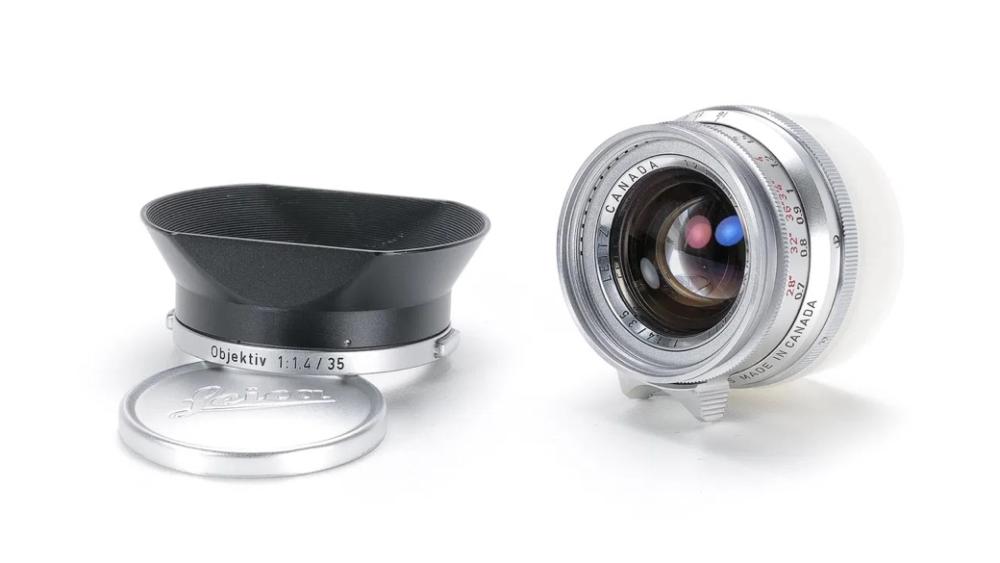
Leica IIIg Prototype (1953)
One of fewer than five known IIIg prototypes created under Leitz designer Adam Wagner. This unit includes several deviations from the later production model — the most striking being the internal, automatically resetting frame counter, a feature that would later become standard on the Leica M3 but was not implemented on the production IIIg.
Other unique characteristics:
-
Magnifying lens built into the frame counter window
-
Modified top plate shape around the rangefinder access point
-
Chrome-plated viewfinder and illumination window bezels
-
Lens mount ring with increased diameter — designed to potentially accommodate a bayonet mount (some prototypes were fitted with one)
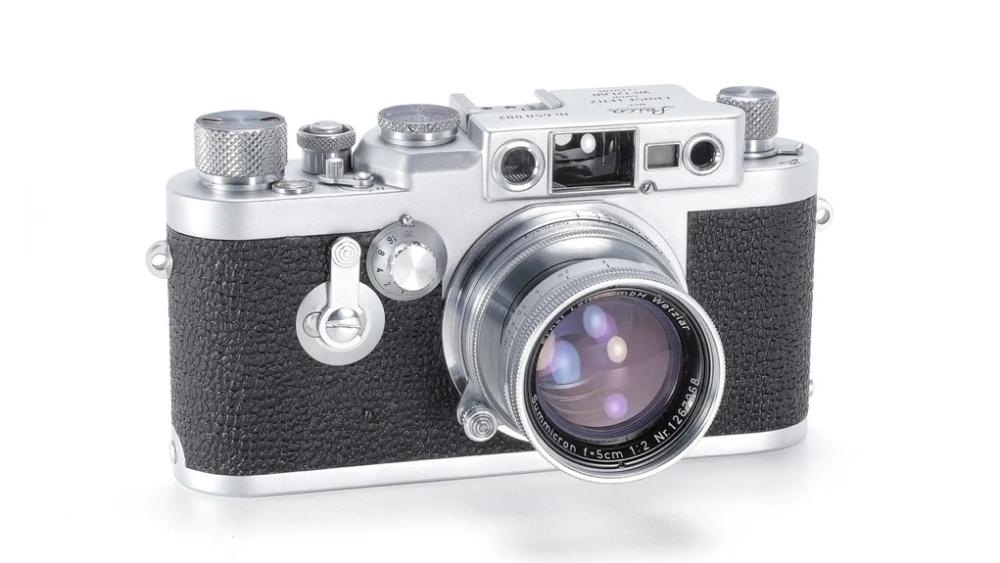
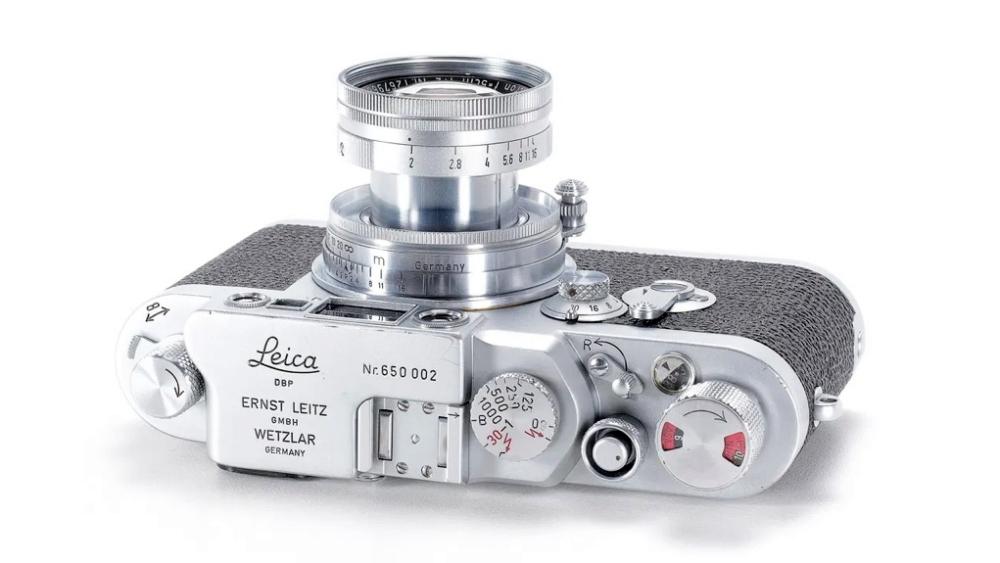
How to Identify a Leica Prototype
Spotting a genuine Leica prototype requires a discerning eye and technical knowledge. Common indicators include:
-
A serial number that does not match official production records — or is entirely absent
-
Factory engravings such as “Ernst Leitz Wetzlar” or internal reference codes
-
Uncommon materials, finishes, or mechanical layouts
-
Hybrid features (e.g., a mechanical body with electronic internals)
-
Supporting documentation or inclusion in a specialist literature
Be aware that modified or “Frankenstein” cameras are sometimes passed off as prototypes. Provenance and expert authentication are essential when evaluating such items.
Think You Might Own a Prototype?
Contact us — and we’ll help you evaluate your item.
Where to Find Leica Prototypes
Our Shop
We specialize in rare Leica equipment, including prototypes not available on the open market. Browse our online catalog — or contact us directly. We frequently handle private sales and have access to collector-only networks that may offer the piece you’re looking for.
Wetzlar Camera Auctions
Jo Geier as a co-founder and organizer of Wetzlar Camera Auctions, regularly presents Leica prototypes with verified provenance. Our auctions are recognized internationally for offering rare and historically significant Leica items to discerning collectors.
Do You Own a Leica Prototype?
If you possess a Leica prototype — whether a unique lens, pre-production camera, or experimental unit — we would be pleased to hear from you. We are actively seeking rare pieces and handle all inquiries, appraisals, and acquisitions with complete confidentiality.
Fill in the form:
https://www.jogeier.com/trade-or-sell
Or email us: info@jogeier.com
Final Thoughts
Leica prototypes are more than rare collectibles — they are milestones in photographic history. For the dedicated collector, acquiring one is both an achievement and a deep connection to Leica’s enduring legacy of innovation.
Whether you’re looking to acquire, verify, or part with a prototype — our team is here to support you with expert knowledge, discretion, and access to a global network of trusted collectors.
All images © Wetzlar Camera Auctions

